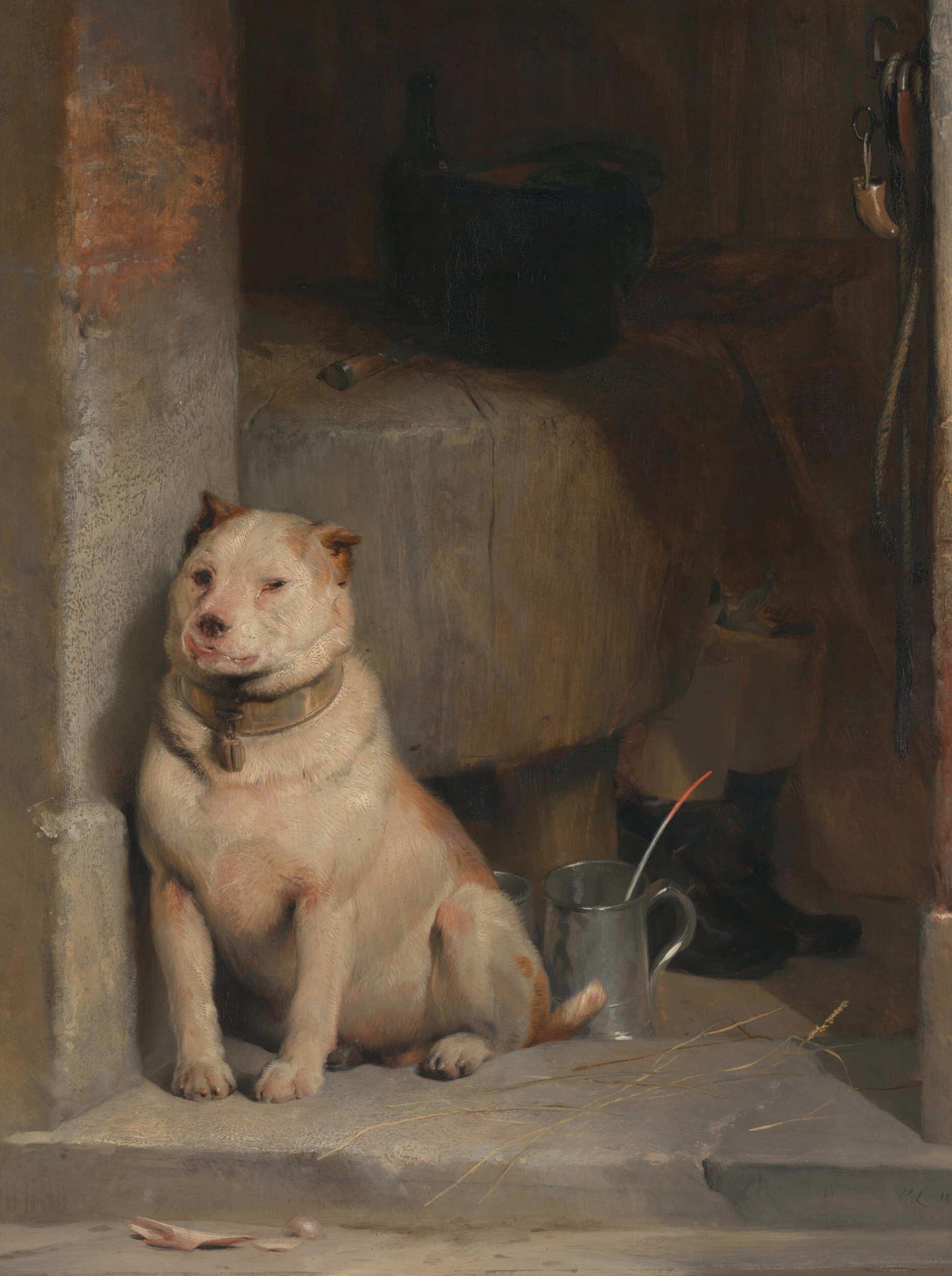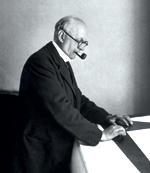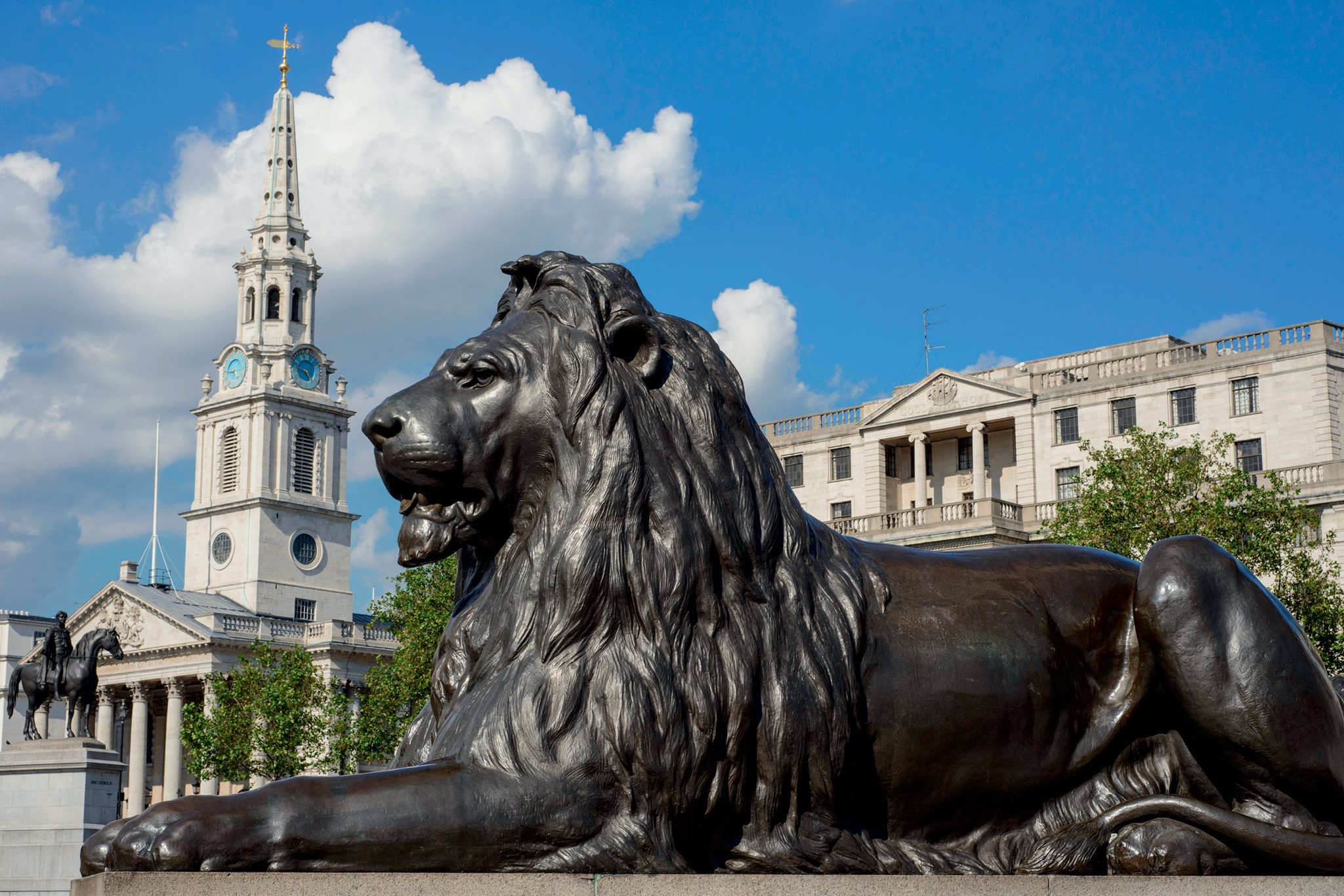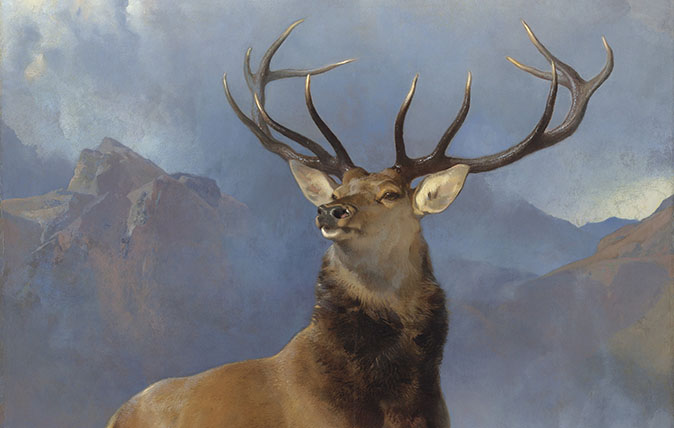My Favourite Painting: Jamie Hambro
Jamie Hambro picks Low Life by Edwin Landseer.


Jamie Hambro on his choice, 'Low Life' by Edwin Henry Landseer
‘Landseer’s animal paintings are among my favourites, this one in particular. My childhood was full of incorrigible Jack Russells, one of which conducted several romances in the nearby village that resulted in some interesting offspring, which looked similar to Low Life.
'He could be an old sea dog telling tales of foreign adventures or how he lost an eye in a street fight. He looks a great character whose wandering days are over and who now occupies the chair nearest the fire most of the time.’
Jamie Hambro is the chairman of the Guide Dogs for the Blind Association.
Charlotte Mullins comments on 'Low Life'
Jack Russell type stands guard outside his master’s cramped workplace. His eyes are alert, but he appears slumped against the wall, as if he has been waiting a long time. Despite the owner’s absence, we can make out his profession in the gloomy interior—from the knife on the block, the heavy boots and the straw on the floor to soak up blood, we know he’s a butcher.
Low Life was painted by Edwin Landseer in 1829. The mongrel’s lot is a far cry from that of the deerhound in Low Life’s sister painting, High Life (also in Tate’s collection). In High Life, the dog sits in a well-appointed interior, a leaded window giving on to a crenellated tower beyond. In this pairing, the working-class butcher, operating in a windowless penumbra, is contrasted with the deer-hunting aristocrat who pens letters and flies hawks.
Landseer was a hugely popular artist in his day, much loved for his paintings of dogs. He had been a child prodigy, drawing animals from a very early age, and he entered the Royal Academy Schools at 14. Unlike realist painters, such as the French artist Rosa Bonheur, he was prone to anthropomorphising his animals so they took on the attributes of their owners. Low Life’s dog, rather unoriginally called Jack, appears in an earlier etching dated 1822. He also stars in the V&A Museum’s A Jack in Office from 1833, a painting of canine hierarchy that presages George Orwell’s Animal Farm by more than a century.

Great British Architects: Sir Edwin Landseer Lutyens
Our new series begins with a look at one of the most celebrated architects of the 20th century, Sir Edwin

In Focus: The lions of Trafalgar Square by Sir Edwin Landseer
The famous bronze lions that stand guard at Trafalgar Square are among the world's most famous sculptures. Jack Watkins takes

In Focus: The many lives of Landseer's 'The Monarch of the Glen', the eternal symbol of Scotland
The most famous of Victorian paintings took on a life of its own as a marketing icon, romantic symbol of
Sign up for the Country Life Newsletter
Exquisite houses, the beauty of Nature, and how to get the most from your life, straight to your inbox.

Charlotte Mullins is an art critic, writer and broadcaster. Her latest book, The Art Isles: A 15,000 year story of art in the British Isles, will be published by Yale University Press in October 2025.
-
 'As a child I wanted to snuggle up with the dogs and be part of it': Alexia Robinson chooses her favourite painting
'As a child I wanted to snuggle up with the dogs and be part of it': Alexia Robinson chooses her favourite paintingAlexia Robinson, founder of Love British Food, chooses an Edwin Landseer classic.
By Charlotte Mullins
-
 The Pre-Raphaelite painter who swapped 'willowy, nubile women' for stained glass — and created some of the best examples in Britain
The Pre-Raphaelite painter who swapped 'willowy, nubile women' for stained glass — and created some of the best examples in BritainThe painter Edward Burne-Jones turned from paint to glass for much of his career. James Hughes, director of the Victorian Society, chooses a glass masterpiece by Burne-Jones as his favourite 'painting'.
By Charlotte Mullins
-
 'I can’t look away. I’m captivated': The painter who takes years over each portrait, with the only guarantee being that it won't look like the subject
'I can’t look away. I’m captivated': The painter who takes years over each portrait, with the only guarantee being that it won't look like the subjectFor Country Life's My Favourite Painting slot, the writer Emily Howes chooses a work by a daring and challenging artist: Frank Auerbach.
By Toby Keel
-
 My Favourite Painting: Rob Houchen
My Favourite Painting: Rob HouchenThe actor Rob Houchen chooses a bold and challenging Egon Schiele work.
By Charlotte Mullins
-
 My Favourite Painting: Jeremy Clarkson
My Favourite Painting: Jeremy Clarkson'That's why this is my favourite painting. Because it invites you to imagine'
By Charlotte Mullins
-
 The chair of the National Gallery names his favourite from among the 2,300 masterpieces — and it will come as a bit of a shock
The chair of the National Gallery names his favourite from among the 2,300 masterpieces — and it will come as a bit of a shockAs the National Gallery turns 200, the chair of its board of trustees, John Booth, chooses his favourite painting.
By Toby Keel
-
 'A wonderful reminder of what the countryside could and should be': The 200-year-old watercolour of a world fast disappearing
'A wonderful reminder of what the countryside could and should be': The 200-year-old watercolour of a world fast disappearingChristopher Price of the Rare Breed Survival Trust on the bucolic beauty of The Magic Apple Tree by Samuel Palmer, which he nominates as his favourite painting.
By Charlotte Mullins
-
 My favourite painting: Andrew Graham-Dixon
My favourite painting: Andrew Graham-Dixon'Lesson Number One: it’s the pictures that baffle and tantalise you that stay in the mind forever .'
By Country Life

